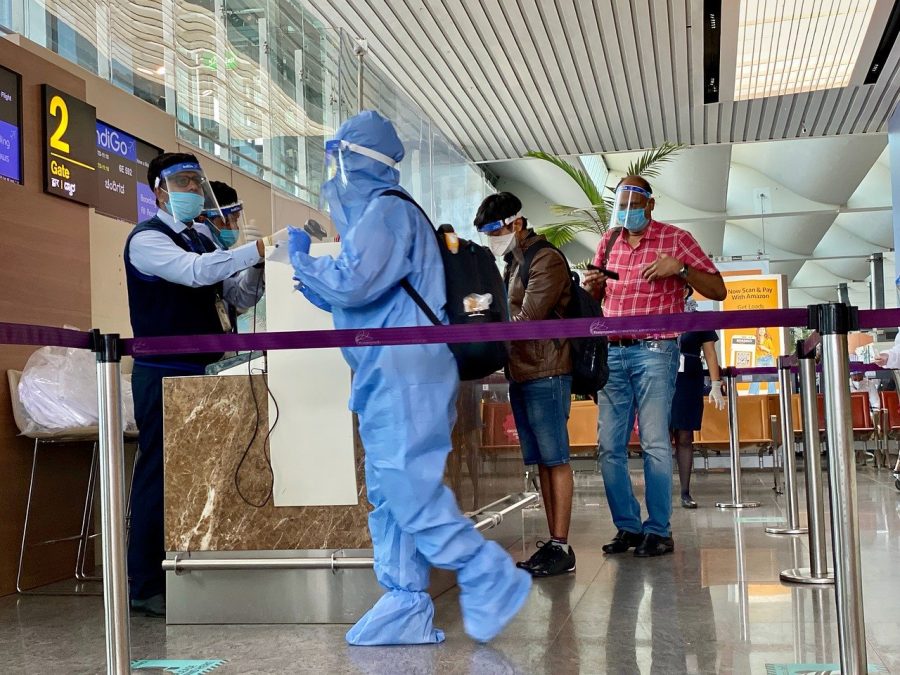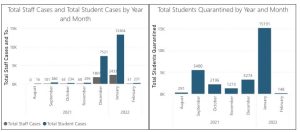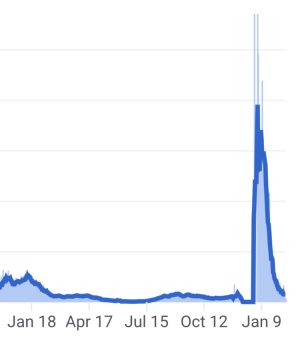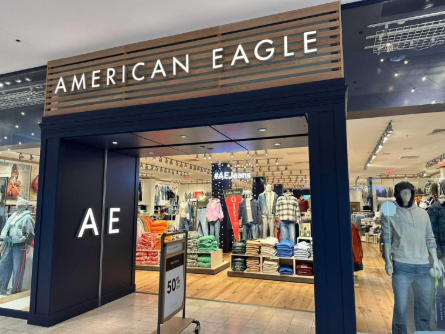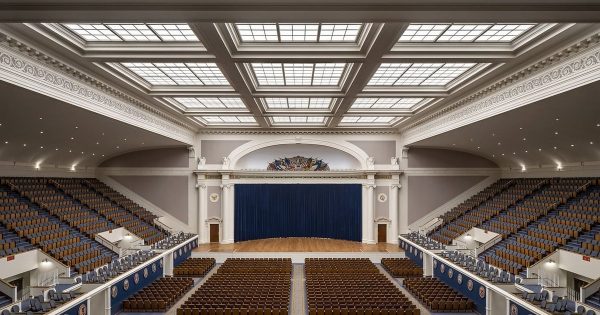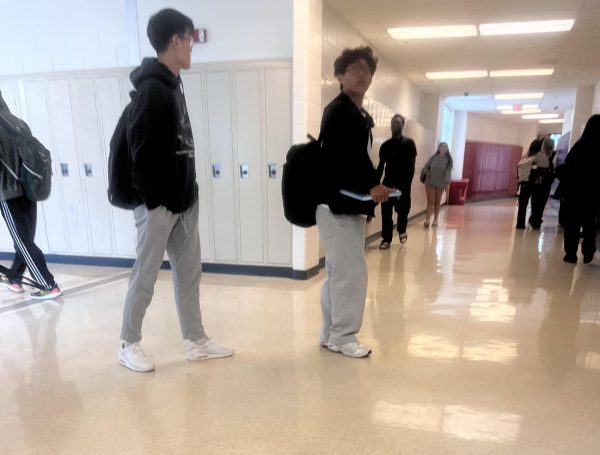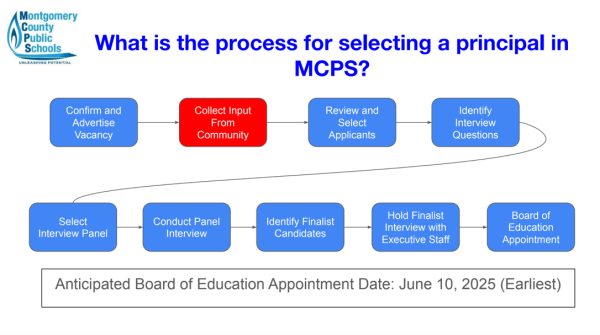Spring break travels induce BA.2 Omicron; students take precautions to prevent spread
Photo used with permission from Google Commons
Spring and summer break are times of frequent travel. Covid-19 precautions must be taken into account to prevent further outbreaks, like the BA.2 Omicron sub-variant.
Spring break just came to a close with students and staff having traveled domestically and globally to kick back and enjoy time off from school. With high risk of exposure to others with events and travel, the new Covid-19 Omicron subvariant, BA2, has caught a grip on the world. Now more than ever, Americans have been eager to travel after months of lockdowns, travel restrictions and anxiety about the risk of exposure to the virus.
So far, it has been reported that BA.2 is not as severe and contagious as the variants that had come before it. Shortly after Thanksgiving break, the Omicron variant spread like wildfire across the country and world. According to Yale Medicine, though it had not been as severe as the Delta variant in terms of symptoms and death rates, its transmissibility was “more contagious than any variant that came before it.”
While people are exposed to the virus through exposure during traveling, larger group gatherings at home can also be popular over break. Friday, Apr. 15 marked the first time in over three decades when Jewish Passover, Christian Easter and Islamic Ramadan, which are all considered to be holy holidays, have fallen on the same day. These holidays often involve gatherings that may contribute to the higher rate of Covid transmission.
Sports events, concerts and restaurants also create spaces of group gatherings and virus exposure. Cyclist and senior Katherine Sarkisov flew to California to race. “I was with my cycling team, so there were around 20 to 30 other people. I was at a race where my field had 70 people,” Sarkisov said.
Sarkisov decided to take precautions in order to minimize the risk of exposure to the virus while still participating in the race. “I wore a mask at the airport and I had to take a Covid test a few times before I went to the house I was staying at for the race. It had to be negative,” Sarkisov said.
Junior Ulima Fofana traveled to New York over spring break. “After I came back, I took a Covid test. I tested negative and I wore a mask when I went to crowded areas so I would not catch anything. New York is a melting pot of different variants,” Fofana said.
Like Sarkisov, freshman Reva Gargi went to San Francisco over break. “We kept our mask on at all times and tested before and after we left,” Gargi said.
The Centers for Disease Control and Prevention (CDC) said that as a result of a court order as of Apr. 18, CDC’s order requiring masks on public transportation is no longer in effect. According to NPR, mask mandates for domestic flights have been lifted in the United States. However the CDC continues to recommend that people do wear masks in indoor public transportation settings.
Your donation will support the student journalists of Thomas S. Wootton High School. Your contribution will allow us to purchase equipment and cover our annual website hosting costs.
Maya Seiler is a 2022 graduate. In her free time, she enjoys spending time with friends and baking. You can follow Maya's Instagram @maya.seiler.


